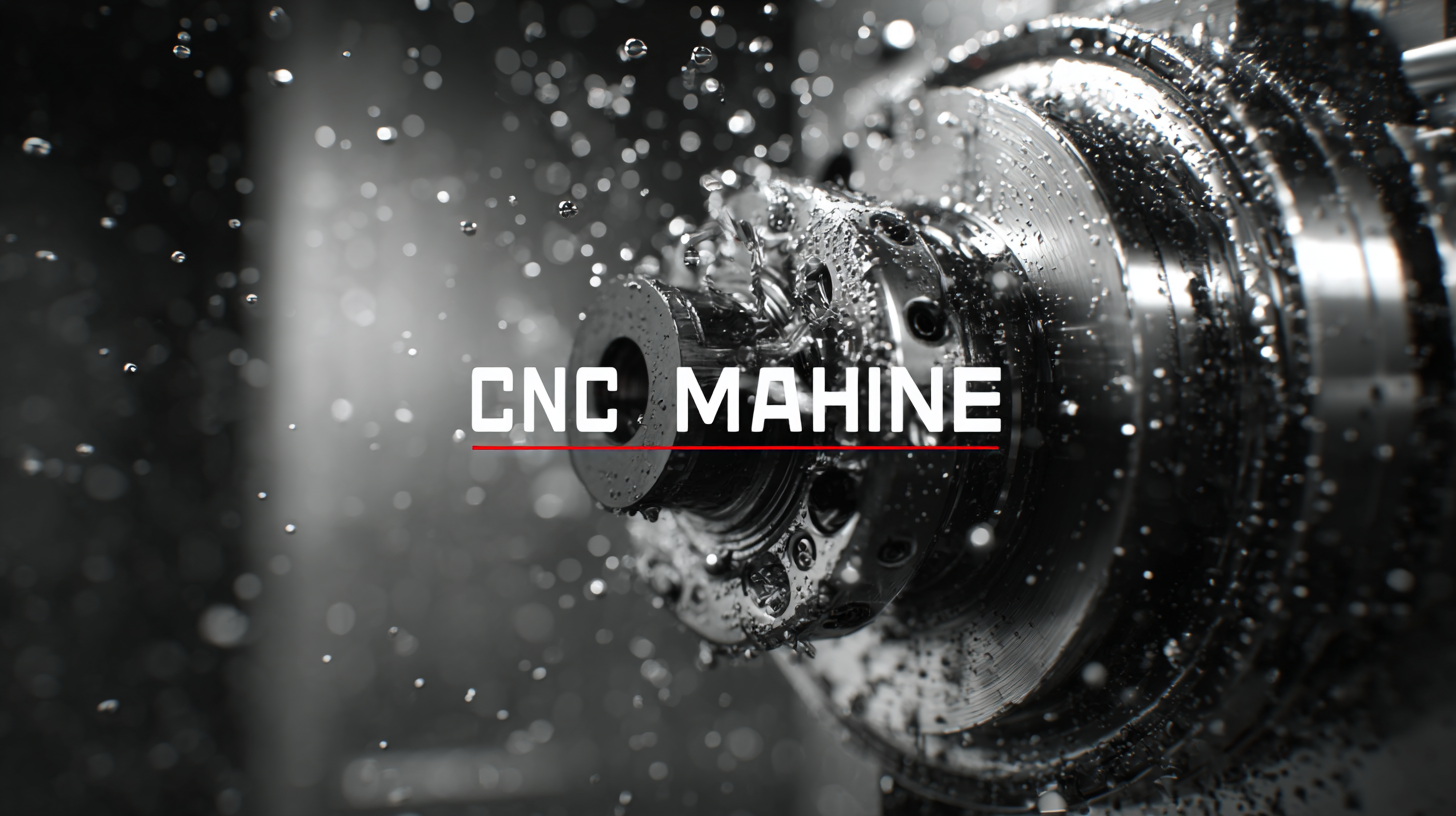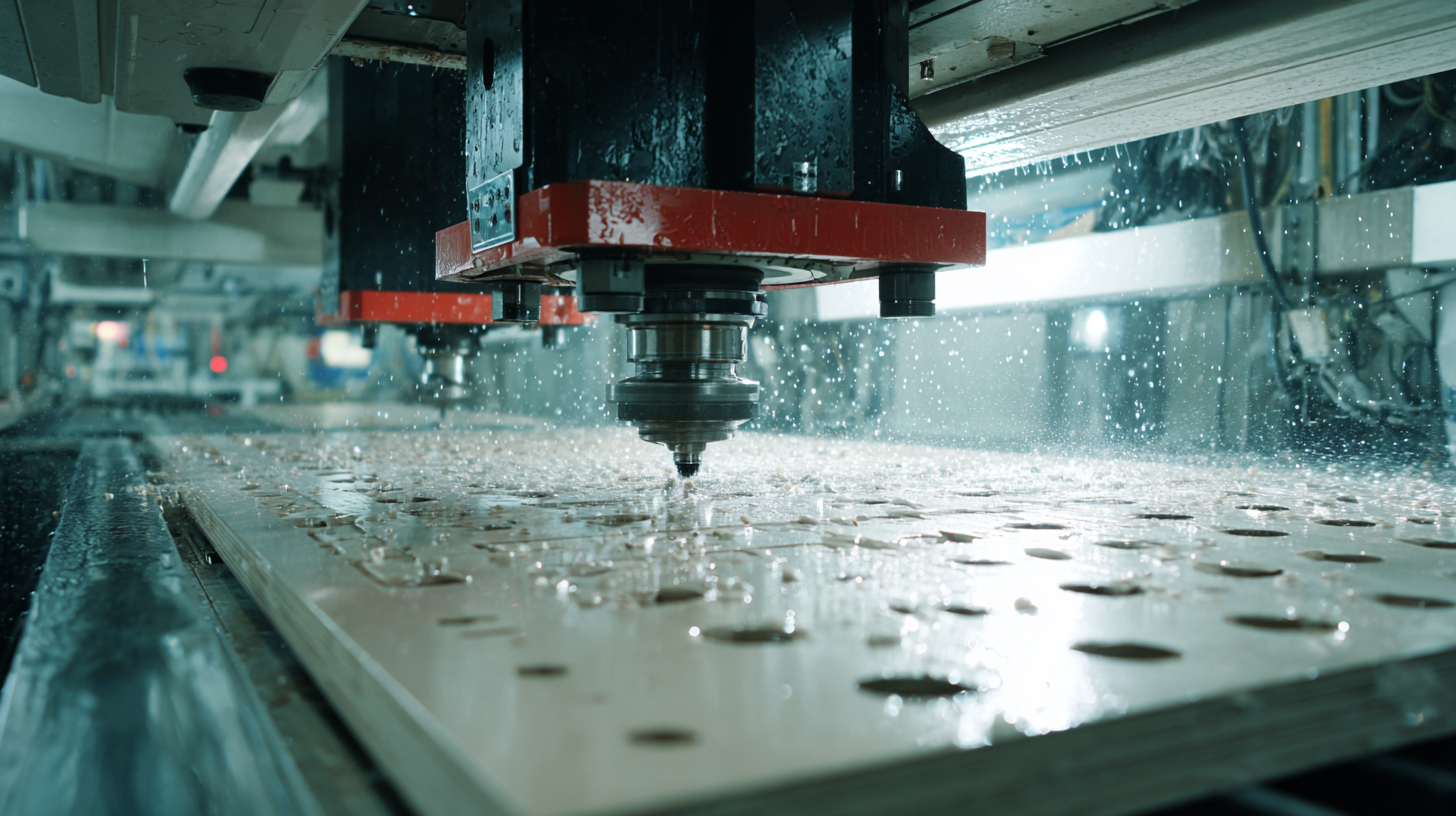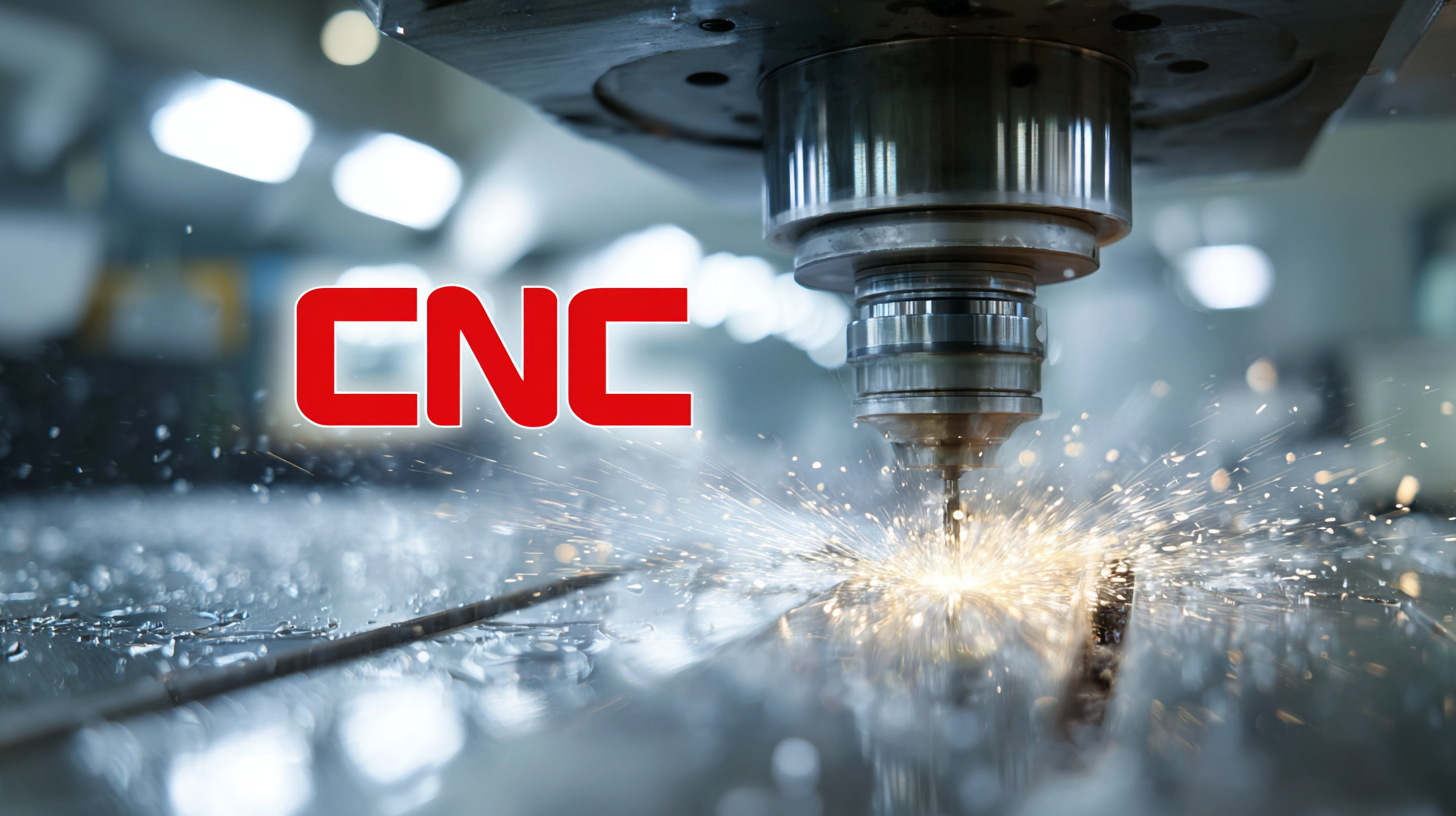Exploring the Best CNC Machine Alternatives for Your Manufacturing Needs
In today's fast-paced manufacturing environment, businesses are increasingly seeking efficient alternatives to traditional CNC machines to meet their production demands. According to a recent report by Statista, the global CNC machine market is projected to exceed $100 billion by 2025, signifying its integral role in modern manufacturing processes. However, with the ongoing advancements in technology and the rise of new manufacturing techniques, companies are exploring various CNC machine alternatives that can offer better flexibility, cost-effectiveness, and speed. For instance, additive manufacturing, robotics, and automation are emerging as viable options to enhance productivity and streamline operations. As manufacturers strive to maintain a competitive edge in the international arena, understanding these alternatives becomes essential for optimizing production capabilities and meeting the diverse needs of their clients—particularly in factories that rank among the best in the world for exports.

The Rise of Alternative Manufacturing Technologies in 2025
In 2025, alternative manufacturing technologies are gaining traction as industries seek efficient solutions that surpass traditional CNC machining. Innovations such as 3D printing, laser cutting, and robotic automation are emerging as viable alternatives, offering flexibility and faster production times. These technologies not only reduce material waste but also enable rapid prototyping, allowing businesses to adapt quickly to market demands.
When considering alternatives to CNC machines, companies should evaluate their specific manufacturing needs. For instance, 3D printing is ideal for producing complex geometries with minimal material, while laser cutting excels in precision tasks involving various materials. It's essential to assess the scale of production as well; some technologies may be more suited to small batches, while others can efficiently handle larger runs.
Tips: Invest in training for your team to maximize the potential of new technologies. Stay informed about the latest advancements to make informed decisions when integrating alternative solutions. Finally, consider collaborating with equipment suppliers to tailor choices that fit your manufacturing processes best, ensuring you harness the full capabilities of these emerging technologies.
Evaluating Cost-Effectiveness: CNC Machines vs. New Technologies
As manufacturers continuously seek ways to improve efficiency and reduce costs, the comparison between CNC machines and emerging technologies has become increasingly relevant. According to a report by MarketsandMarkets, the global CNC machine market is expected to grow from $63 billion in 2020 to $100 billion by 2026, highlighting its significant role in manufacturing. However, the advent of new technologies, such as 3D printing and robotic automation, is challenging traditional CNC setups. A study by Wohlers Associates suggests that 3D printing will account for over 50% of the additive manufacturing market by 2025, emphasizing its cost-effectiveness, especially for low-volume productions.

When evaluating cost-effectiveness, it's essential to look at the upfront investment and long-term operational expenses. CNC machines require substantial initial capital and maintenance costs, which can be prohibitive for small to medium-sized enterprises. On the other hand, technologies like laser cutting and robotic arms present more flexible alternatives. A report from McKinsey indicates that businesses adopting automation can see productivity gains of 30% or more, often offsetting the costs associated with these new technologies. In essence, while CNC machines remain integral to many manufacturing processes, the rise of innovative alternatives may offer more cost-efficient paths to meet diverse production requirements.
Top CNC Machine Alternatives and Their Unique Benefits
When it comes to manufacturing, CNC machines are often the go-to choice for precision and efficiency. However, there are several viable alternatives that can cater to different needs depending on the specific requirements of a project. One popular alternative is laser cutting machines, which excel in offering clean cuts and minimal material wastage. These machines are ideal for intricate designs and can work with a variety of materials, making them a versatile choice for manufacturers looking to achieve high-quality results without the need for extensive post-processing.
Another noteworthy option is waterjet cutting technology. This method utilizes high-pressure water streams mixed with abrasives to cut through materials, providing a cold cutting solution that avoids heat-affected zones. Waterjet machines are particularly advantageous for thick materials and can handle a wide range of substances, including metals, glass, and stone. This flexibility allows businesses to expand their production capabilities without investing in multiple machines, streamlining operations and reducing costs.
Lastly, 3D printing technology has emerged as a game changer in the manufacturing landscape. Offering unparalleled design freedom, 3D printers can create complex geometries that traditional machining methods struggle to match. With ongoing advancements in materials and processes, 3D printing is becoming increasingly competitive as an alternative to CNC machining, particularly for prototyping and custom parts production. By exploring these alternatives, manufacturers can find solutions that best align with their operational goals and budget constraints.
How to Integrate New Manufacturing Solutions into Your Workflow
Integrating new manufacturing solutions into your workflow can be a transformative process, particularly as industries evolve with technological advancements. According to a report by the International Federation of Robotics, the adoption of automation in manufacturing has surged by 10% annually over the past few years, emphasizing the need for businesses to continuously innovate. When considering alternatives to CNC machines, such as laser cutting or 3D printing technologies, it is essential to assess how these tools can complement existing processes while enhancing productivity.

One effective strategy for successful integration involves a phased approach that prioritizes employee training and system compatibility. A study published by Deloitte highlights that organizations which invest in upskilling their workforce experience a 20% increase in efficiency, demonstrating the importance of equipping teams with the necessary skills to utilize new technologies effectively. Furthermore, leveraging software that facilitates seamless communication between different equipment types can minimize disruptions and streamline operations. By focusing on a holistic integration strategy, manufacturers can truly harness the potential of alternative solutions to elevate their operational capabilities.
Future Trends: What to Expect in CNC Alternatives Beyond 2025
As we look toward the future of manufacturing beyond 2025, it's essential to consider the emerging trends in CNC machine alternatives. With advancements in technology, particularly in areas like additive manufacturing and robotics, we can anticipate a shift in production processes that offers greater flexibility and efficiency. Additive manufacturing, or 3D printing, is becoming increasingly viable for producing complex parts, allowing manufacturers to reduce material waste and create customized designs with ease. This method not only streamlines production time but also opens doors to innovative design possibilities that can cater to specific customer needs.
Moreover, the integration of AI and machine learning into manufacturing processes is revolutionizing how we approach CNC alternatives. These technologies enable predictive maintenance and real-time adjustments, allowing for smarter and more resilient production systems. Additionally, collaborative robots (cobots) are becoming more prevalent, working alongside human operators to enhance productivity without the need for extensive safety barriers. As manufacturers embrace these technologies, we can expect to see a more adaptive, cost-effective, and efficient manufacturing landscape that goes beyond the capabilities of traditional CNC machining.